Heraldry, or more specifically in this case, a coat of arms, is a visual armorial achievement displayed to identify states and or individuals. Heraldry has been around since the beginning of medieval times when battles were said to have gained their popularity, but pictures of crests and coats of arms can be found long before that, on old tapestries.
A coat of arms was an identifier of medieval times when heraldry was first used on shields to identify people on the battlefield. At first, the peoples coat of arms, or as they are also known, arms, were placed on their shields, also known as armaments, because a shield could easily be spotted, but the problem was that not all soldiers carried a shield, and so through the years, it was transferred to their surcoat.
The name “coat of arms”, actually describes a garment or coat itself, but has evolved to mean a armorial achievement, because the garments (aka surcoats) bore the markings that were on the arms (shields). A coat of arms holds personal meaning to the owner because its design or markings describe who you are, where you come from and or what you represent.
Throughout the ages, the Czech nation we now identify as the Czech Republic, has changed names and rulers many times, and with these changes came changes to the Czech coat of arms, but the basic look has remained somewhat the same.
Most of the time, the Czech Republic is simply identified with a single lion which signifies power and sovereignty.
The lion has been one factor which has remained the same throughout all of the Czech coats of arms.
It is white and has two tails which intertwine. It also has a golden crown atop its head. It can be seen singly on the small arms emblem as well as on the full coat of arms which is used today.
“The Bohemian coat of arms was originally designed as the coat of arms of the King of Bohemia, however, it later became the coat of arms for the whole Bohemian Kingdom.”
The current Czech coat of arms shield is quartered into a checkerboard pattern, and resembles the first recorded coat of arms minus the arms of Slovakia.
The newer arms feature four main sections depicting symbols for three historical regions in the Czech lands.
The top left and bottom right corners display the bohemian lion which represent all of the Czech nation. In the upper right-hand corner is a red-and-silver chequored eagle on a blue background representing Moravia. The lower left-hand corner is gold and contains a black, crowned eagle, which symbolizes the Silesian region of the country.
In the past emblem, and in some versions of the current one, the phrase “Pravda vítězí” or, in English, “The truth prevails”, can be seen written below the shield itself.
The greater and lesser coat of arms can be found on some Czech coins and both the uniforms of the Czech national ice hockey team as well as the national football team. Czechs in America can often be recognized by tattoos, jewelry, and clothing depicting the bohemian lion, as well as the full coat of arms.
This national symbol holds the significance of a beautiful country which has survived many highs and lows throughout its history, representing the strength of a people and a nation.
You can read more about the oldest depiction of the arms and the history of the Czech flag at “The Origin and Evolution of the Czech Flag“.
If you have not already subscribed to get TresBohemes.com delivered to your inbox, please use the form below now so you never miss another post.
Remember, we rely solely on your donations to keep the project going.
Become a friend and get our lovely Czech postcard pack.

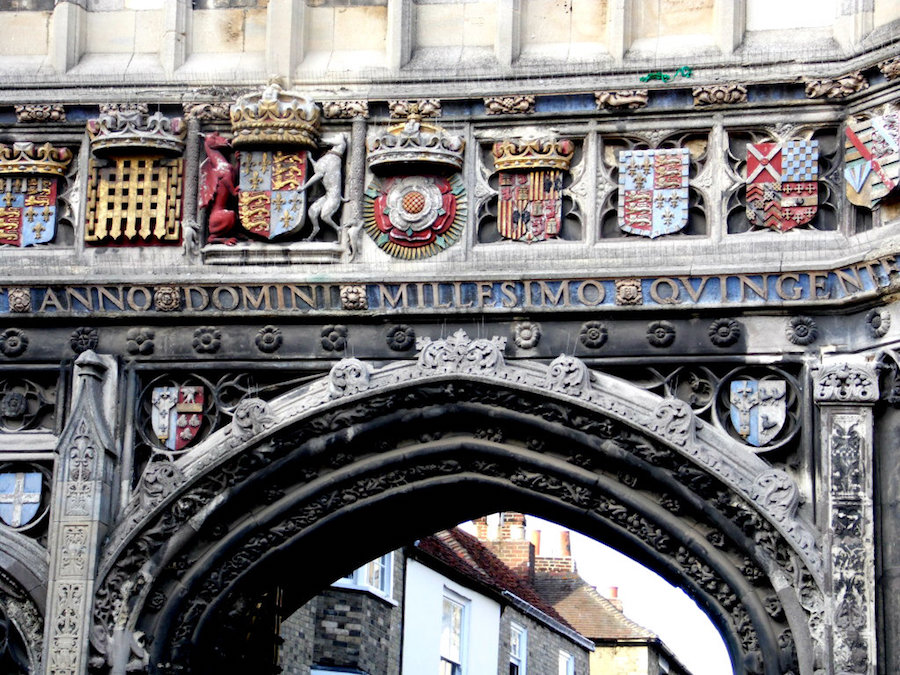
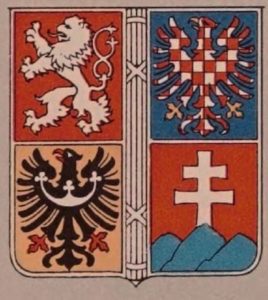
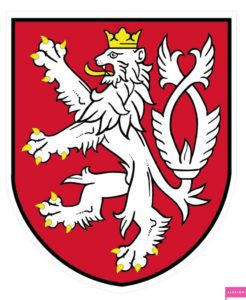
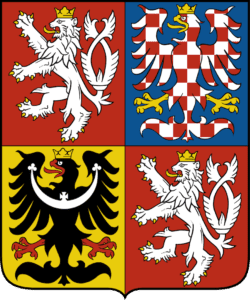
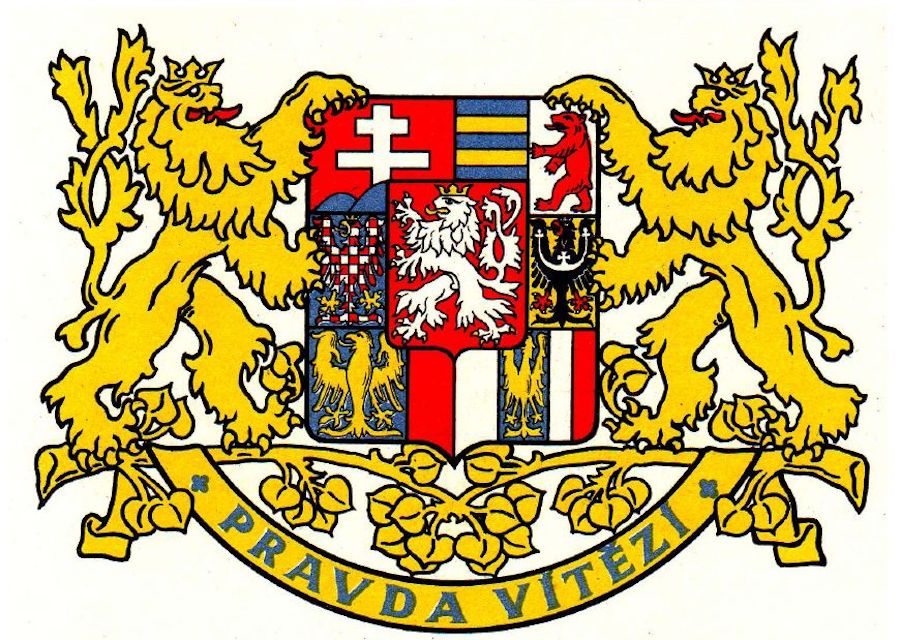

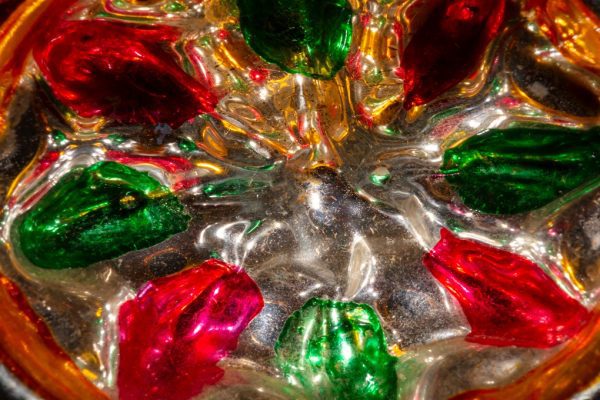
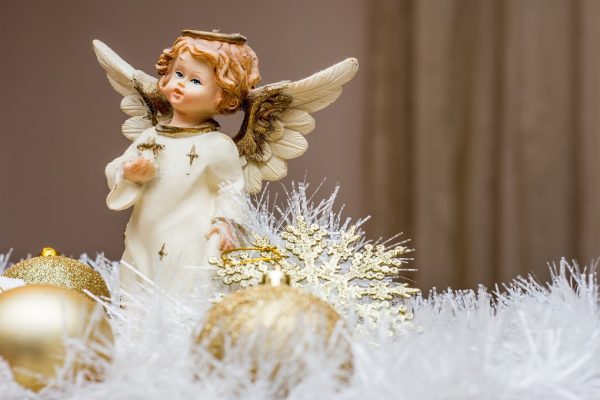
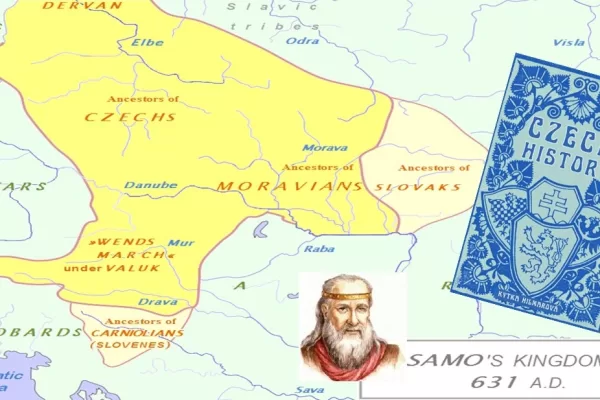















Trying to find out history of my grandmother Mary Jane Fouksa. Detailed information as detailed as possible looking to put a tattoo on my body with a crest of Fouksa. would like to know as much as possible about my history on that side of the family.